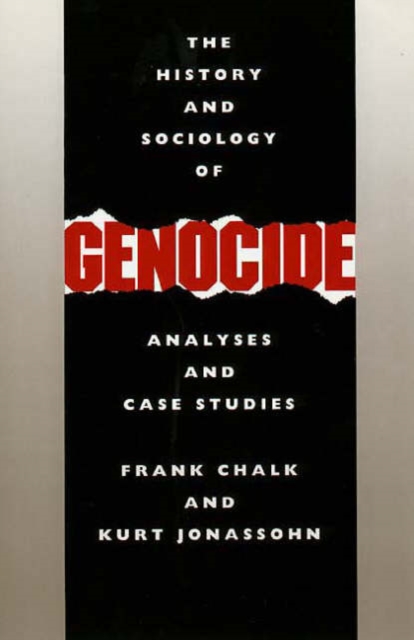History and Sociology of Genocide: Analyses and Case Studies

History and Sociology of Genocide: Analyses and Case Studies
Genocide is not an invention of the twentieth-century, say Frank Chalk and Kurt Jonassohn in this absorbing book, but has occurred throughout history in all parts of the world. This study--the first comprehensive survey of the history and sociology of genocide--presents over two dozen examples of the one-sided mass slaughter of peoples, spanning the centuries from antiquity to the present. By including political and social groups as potential victims, Chalk and Jonassohn provide a definition of genocide that is considerably broader than that contained in the United Nations Convention on Genocide. They present a typology of genocide according to the motives of the perpetrator: to eliminate a perceived threat; to spread terror among real or potential enemies; to acquire economic wealth; or to implement a beli
PRP: 341.00 Lei
Acesta este Prețul Recomandat de Producător. Prețul de vânzare al produsului este afișat mai jos.
306.90Lei
306.90Lei
341.00 LeiIndisponibil
Descrierea produsului
Genocide is not an invention of the twentieth-century, say Frank Chalk and Kurt Jonassohn in this absorbing book, but has occurred throughout history in all parts of the world. This study--the first comprehensive survey of the history and sociology of genocide--presents over two dozen examples of the one-sided mass slaughter of peoples, spanning the centuries from antiquity to the present. By including political and social groups as potential victims, Chalk and Jonassohn provide a definition of genocide that is considerably broader than that contained in the United Nations Convention on Genocide. They present a typology of genocide according to the motives of the perpetrator: to eliminate a perceived threat; to spread terror among real or potential enemies; to acquire economic wealth; or to implement a beli
Detaliile produsului










